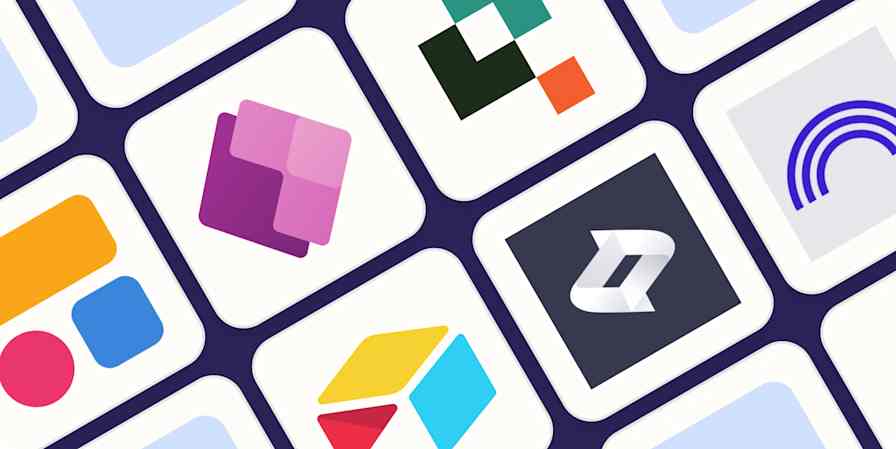App tips
7 min readwhile True: learn(): Understand machine learning by playing a game
By Miguel Rebelo · February 7, 2023

Get productivity tips delivered straight to your inbox
We’ll email you 1-3 times per week—and never share your information.
Related articles
Improve your productivity automatically. Use Zapier to get your apps working together.








